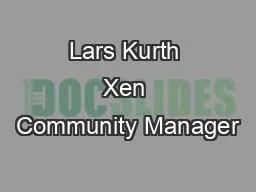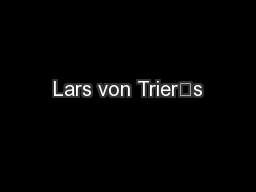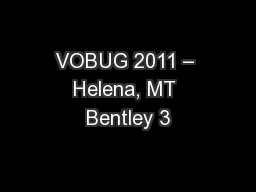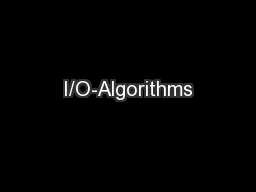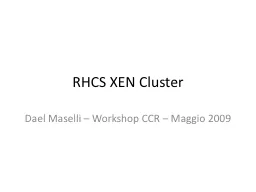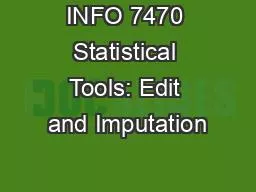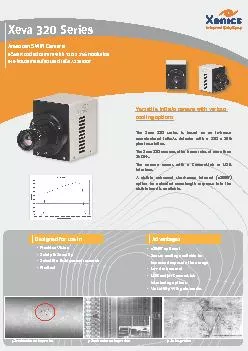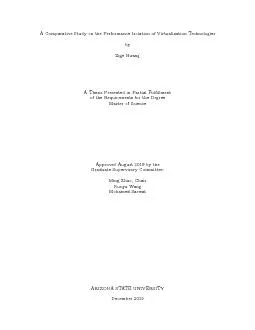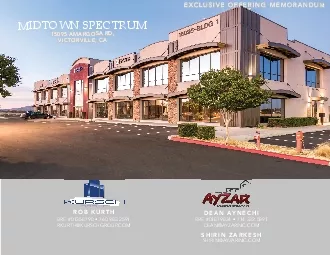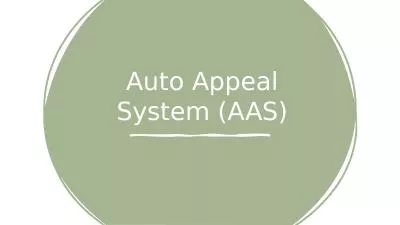PPT-Lars Kurth Xen Community Manager
Author : bigboybikers | Published Date : 2020-08-26
larskurthxenorg Xen Cloud Platform larskurth xencommgr A Brief History of Xen in the Cloud The XenoServer project is building a public infrastructure for widearea
Presentation Embed Code
Download Presentation
Download Presentation The PPT/PDF document "Lars Kurth Xen Community Manager" is the property of its rightful owner. Permission is granted to download and print the materials on this website for personal, non-commercial use only, and to display it on your personal computer provided you do not modify the materials and that you retain all copyright notices contained in the materials. By downloading content from our website, you accept the terms of this agreement.
Lars Kurth Xen Community Manager: Transcript
Download Rules Of Document
"Lars Kurth Xen Community Manager"The content belongs to its owner. You may download and print it for personal use, without modification, and keep all copyright notices. By downloading, you agree to these terms.
Related Documents

